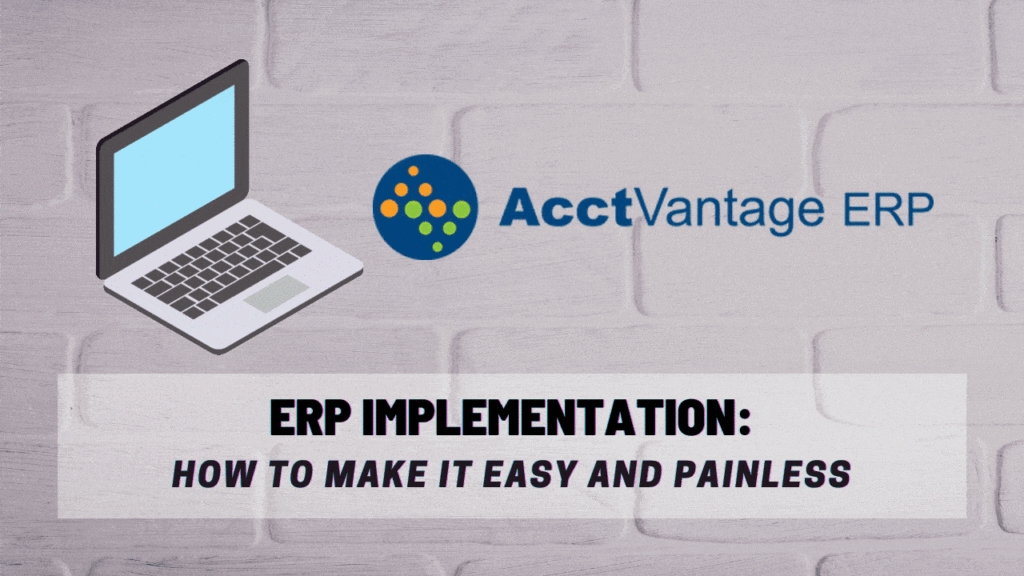Supplier Relationship Management: Going Beyond Simple Purchasing
How to Tell Your Average Vendors Apart from Your Strategic Allies
Supplier relationship management (SRM) is one of those ideas that seems obvious once someone describes it to you.
It’s a subcategory of supply chain management, and it basically boils down to an acknowledgement of this fact: “No matter what business you’re in, a certain subset of the vendors you buy from are very important to your success.”
The classic example goes like this: Apple’s profits don’t hinge on a continuing relationship with whoever makes their stationery. If that company goes under or starts overcharging, Apple can find somebody else and deal with a slight paper shortage in the meantime.
However, if Foxconn (a major tech manufacturer and supplier of components for Apple’s products) suddenly goes bankrupt or hikes up prices, Apple stands to take a major hit. In fact, the blowback would probably hit Foxconn too, so both companies would have benefited from some transparency. This is what’s called a “strategic alliance”.
The practice of SRM is the process of identifying those strategic suppliers then building up mutual trust and respect between you and them.
So, how do you do it?

The 3-Step Method for Supplier Relationship Management
SRM was created by Peter Kraljic (a director at the consulting firm McKinsey & Company) in 1983. He presented the idea in Harvard Business Review, in an article called Purchasing Must Become Supply Management.
Since then, the modern version of SRM was developed explicitly on the basis of Kraljic’s proposal.
This means that there’s a single, tried-and-true method for doing SRM right. It has three steps:
- Segment suppliers: Figure out which of your suppliers are most essential to your business success. Typically, that means grading them on scales of profitability and risk, but you can of course also consider additional factors.
- Develop a supplier strategy: Decide how to divide your attention and resources. Make sure that this includes concrete steps for building a positive relationship with the most important suppliers you identified in Step 1.
- Execute the supplier strategy: There should always be some wiggle-room for improvisation, but for the most part you should stick to the plan you developed in Step 2. The magic in this approach comes from strategizing ahead of time. Make sure to record metrics of your SRM program’s success, so that you can detect and adjust the parts that aren’t working.
This is just the tip of the iceberg, of course. If you want to learn more about some related topics, we have a backlog of posts about ERP implementation, inventory management, and plenty more.
To find out how AcctVantage ERP can support your ongoing business growth and success, click here to get in touch with us.




